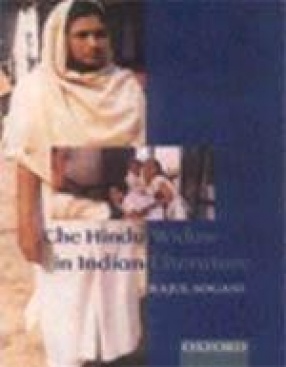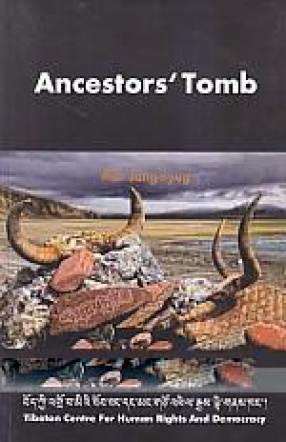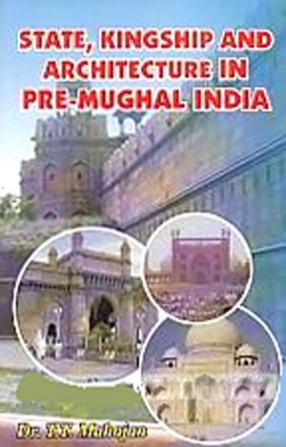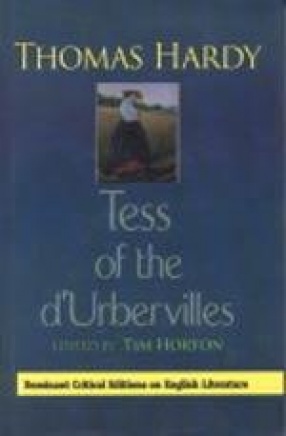The widow was often regarded as a symbol of misfortune and evil in patriarchal Hindu society, and seldom found in ancient and medieval Indian literature. She came into sudden prominence in the ninteenth century, receiving attention not only from social leaders and reformers but also from creative writers all over India. This book examines the theme of widowhood, over the last 150 years, in novels as different as Indira Goswami’s ‘Neelkanthi Braj’; Bankimchandra’s ‘Vishavriksha’ and ‘Krisnakanter Uil’; Rabindranath Tagore’s ‘Chokher Bali’ and ‘Gora’; Saratchandra’s ‘Bada Didi and ‘Charitraheeen’; Premchand’s ‘Prema’ and ‘Vardaan’; Mohan Rakesh’s ‘Antaral’; and Rajinder Singh Bedi’s ‘Ik Chadder Maili Si’. The author shows how these novels written in eight Indian languages–Assamese, Bengali, Gujarati, Hindi, Marathi, Oriya, Punjabi and Urdu–reveal attitudes, often contradictory, towards widows in upper-caste Hindu society. They have been variously perceived as ascetics, victims, romantic or tragic heroines, sirens, rebels, individuals in search of a social identity, and even as mother-figures embodying the values of the entire community or nation. A detailed analysis of themes such as widow remarriage, widows in love, transgressing widows, fallen widows, and older widows provides an intimate glimpse into values governing Indian society and culture. This is done not through statistical data but through a study of novels that have reflected and shaped the collective consciousness of Indian society over time. A concluding focus on the treatment of these themes in post-Independence fiction charts more recent trends in the attitude towards widowhood and gender relations. This book is for specialists in gender studies as well as for readers interested in how literature can reflect both community mores and social change.
Ancestor’s Tomb
$13.50
$15.00





There are no reviews yet.